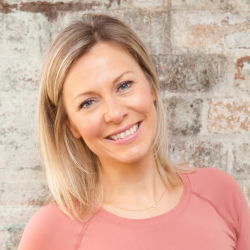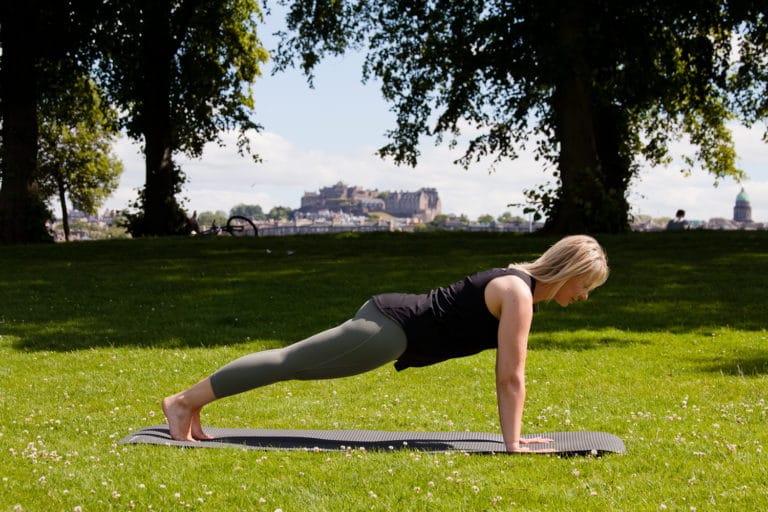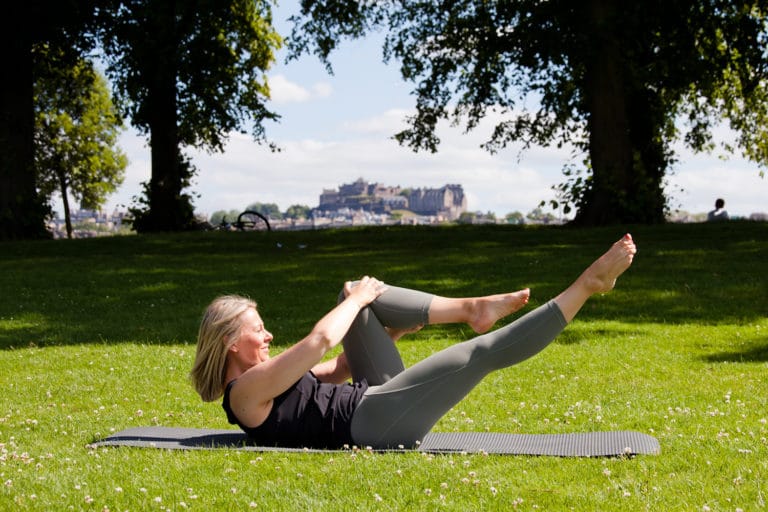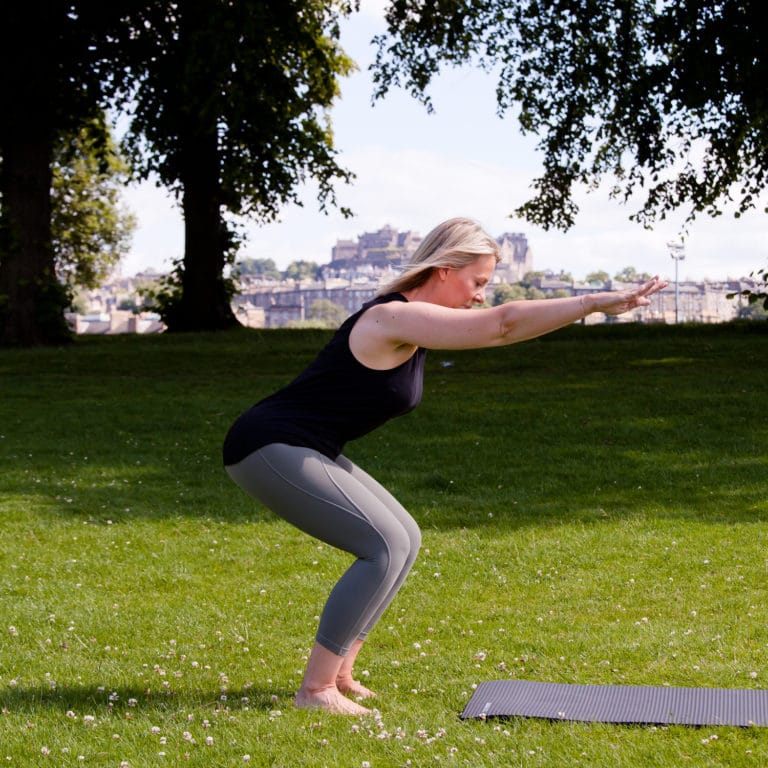
I’d like to thank my wonderful friend, James for writing this fantastic piece about looking after your back! James is a man who knows a thing or two about backs – a graduate of Cambridge University, he’s a Consultant Spinal Surgeon with the NHS and is the man you’ll end up in front of it you don’t look after your back! He’s also recovering from covid-19, which he contracted whilst working during the pandemic. A true hero and legend – if you don’t believe me about looking after your back, then you must believe him!
Back pain is a major cause of health problems world wide with up to 70% of adults experiencing back pain during their life time. Despite the attempts of Marty Mcfly going ‘Back to the Future’ remains rather difficult, meaning we cannot predict who will have problems with back pain.
In the majority of people back pain is a result of wear and tear changes in the lower levels of the spine where it joins the pelvis.
Mr. james tomlinson, nhs spinal consultant, frcs
Spine wear and tear will affect 100% of the population by a ‘certain age’ and is a natural part of the ageing process rather than a sign that something is wrong. Improvements in standards of living and healthcare have led to increased life expectancy, and higher levels of spine wear and tear due to longer lives. The treatment of back pain remains a difficult problem – largely driven by the fact that we still don’t understand the underlying causes, and why some individuals are so badly affected. The levels of spine wear and tear in those with and without low back pain may be very similar, and some of those who have significant pain may have no or little degeneration in their spine.
Back pain is more common in industrialised nations, and it has been suggested this may be due to lower levels of physical activity and physical deconditioning with weakness of the muscles supporting the spine.
Mr James tomlinson, nhs spinal consultant, frcs
Physical activity and movement will keep the spine muscles working and reduce the atrophy or loss of muscle bulk over time in those who have very low levels of physical activity. Any form of exercise that strengthens the low back muscles is useful to try and keep the spine healthy, but it is important to increase activity levels gradually!
Medical treatments for those who develop low back pain are usually pain relief and physiotherapy in the majority of patients with a lack of successful medical treatments for most cases. Physiotherapy often focuses on reconditioning the spine muscles and establishing normal movement patterns in the spine.
There is evidence that Pilates may help with keeping the spine muscles conditioned and can both help prevent back pain developing, and also improve symptoms in those who have low back problems.
Mr james tomlinson, nhs spinal consultant, frcs
In the words of Desiderius Erasmus the Dutch philosopher ‘prevention is better than cure’. It is of vital importance that we maintain our physical condition and health as we live longer and longer.
Given the lack of successful medical treatments for low back pain, maintaining spine movement and conditioning is critical and may play a key role in prevention of low back pain so get moving!
P.S. In case you missed it, here’s my 8 pilates exercises to ease low back pain
This post was originally published on the 13 June 2020 at Ostarapilates.com/blog and has had over 132 views.



